Are you looking for the latest SEO statistics?
We know, the world of SEO can be confusing. SEO is constantly changing and it can be hard to figure out what areas of SEO your business needs to focus on, which can sometimes make SEO statistics seem like just a bunch of numbers.
But, you need to understand the importance of SEO statistics and what you can learn from them if you ever want to grow traffic to your website.
In this article, we’ll take a look at 50+ powerful SEO statistics that will help you boost your traffic. Luckily, these SEO statistics are not only powerful, but they’re also easy to understand.
Ready?
Okay, let’s go.
SEO Statistics
Since this is a big list of statistics about SEO, here’s a table of contents to guide you through.
- General SEO Statistics and Facts
- Google Ranking Factor Statistics
- On-Page SEO Stats
- Content Marketing and SEO Statistics
- Off-Page SEO Stats
- Local SEO Statistics
- Mobile SEO Statistics
- Voice Search and SEO Statistics
- Video SEO Statistics
General SEO Statistics and Facts
SEO is a confusing topic for some people, so let’s start off with the basics.
First, what is SEO anyway?
SEO stands for search engine optimization and it’s the process of increasing the quantity and quality of traffic to your website by boosting the visibility of your website on search engines like Google.
93% of online experiences begin with a search engine. In fact, so many people use search engines to find what they’re looking for on the internet that there are over 78,000 Google searches in 1 second.
Search is the #1 driver of traffic to content sites, beating social media by more than 300%. If you want to get more traffic to your website, you need to appear in Google search results so users can find you easily.
And to get the best results, your website needs to appear near the top of Google search results.
Why?
Because according to Advanced Web Ranking, 67% of all clicks go to the first five organic results.
75% of users don’t even scroll past the first page of the SERPs (search engine results pages).
Getting to the top of search engine results can be difficult though. That’s why so many website owners use pay-per-click advertising (PPC), which is a system that lets you advertise on Google.
But when you take a look at SEO vs. PPC statistics, it’s found that 70-80% of users ignore the paid ads, focusing on the organic results. And 70% of marketers say SEO is more effective at driving sales than PPC.
If you want to improve your organic search ranking, check out our Ultimate SEO Guide to Explode Your Traffic.
Google Ranking Factor Statistics
Now that you know why your website needs to be on the first page of Google search results, let’s take a look at how Google decides which websites get there.
Google uses over 200 factors in their algorithm for ranking websites. These SEO ranking factors include domain age, keywords, mobile-friendliness, number of internal links, and much more.
Check out some more interesting Google ranking factor stats:
- High-quality content and link building are the top 2 ranking signals in Google’s algorithm
- Almost 60% of the pages ranking in the top 10 Google results are 3 or more years old
- Websites with pages that load quickly rank significantly higher than sites with slow loading pages
- Low bounce rates correlate with higher rankings on Google
- Sites that make the first page on Google have an average of 1,890 meta words
As you can see, if you want to win at SEO, you have to play by Google’s rules.
On-Page SEO Stats
On-page SEO refers to SEO factors you can control on your own website. These factors include SEO elements on your website like keywords, meta description, alt text, URL structure, and more.
If you want to rank higher on Google, you need to optimize these elements for SEO.
For instance, you can write better meta descriptions to drive more traffic to your website. Meta descriptions are about 155 character snippets that summarize a page’s content.
This is how they appear in Google search results:
Search engines use the meta description to determine what your page is about and when to show your page on Google search results.
Your meta description should include relevant keywords to boost your ranking. But, it also has to be interesting enough to make users want to click. 43% of people click on a given result, solely based on the meta description.
Backlinko also found that shorter URLs rank better than long URLs and that there’s a small correlation between keyword in the title tag and high search result rankings.
Check out our On-Page SEO Checklist to fully optimize your website for SEO.
Content Marketing and SEO Statistics
One of the most important on-page SEO factors is quality blog content, so it gets a section in this list of SEO statistics of its own.
Creating quality blog content is one of the most effective and least expensive ways to boost your SEO.
In fact, 72% of marketers say that relevant content creation is the single most effective SEO tactic.
Why?
Because quality on-page content is known to increase traffic by as much as 2000%.
And according to HubSpot, companies that produce a blog have 434% more search engine-indexed pages than those that don’t and they get 55% more website visitors than company websites without blogs.
But remember, the key word is all of this is quality.
First, a short, 200-word blog post isn’t going to get your business to the top of Google search results. Pages with longer content rank significantly better than short content. In fact, the average word count of a Google first page result is 1,890 words.
Content rated as “topically relevant” also significantly outperformed content that didn’t cover a topic in-depth. This means that creating blog posts focusing on a single topic that’s relevant to your target audience can help with rankings.
You also need to add images to your blog posts—at least 1 anyways. Content with at least 1 image ranks higher than content without an image. But, no need to stuff your blog post with a ton of images, that doesn’t make a difference.
The titles of your blog posts are important too. Titles with 6-13 words attract the highest and most consistent amount of traffic.
Now that you know some statistics on how much blogs affect your SEO, do you need ideas for your blog?
You’re in luck!
Check out this massive list of Blog Post Ideas That Your Readers Will Love.
Off-Page SEO Stats
Off-page SEO, also known as off-site SEO, refers to strategies you can use to improve your search engine results—outside of your own website. Off-page SEO consists of a number of things but the 2 main strategies for off-page SEO are link building and social media.
Let’s start with link building. The average page in top position of Google search results has over 35,000 external backlinks, which proves how important backlinks are for SEO.
So, how do you get more backlinks for your website?
There are a number of ways to get more backlinks to your website like creating quality blog posts, guest blogging, giving testimonials, and more.
But getting backlinks isn’t always easy. In fact, 65% of marketers say link building is the most difficult SEO strategy. So difficult in fact, that more than 55% of pages have zero backlinks pointing to them.
Don’t worry though, all hope is not lost.
The easiest way to get more backlinks is by blogging. The more quality blog content you create, the more opportunity you have to get backlinks and boost your SEO. Companies with blogs get 97% more backlinks than those without.
There’s been some debate on how being active on social media improves your SEO, so let’s take a look at some social media and SEO statistics.
91% of marketers optimize their social media profiles for SEO by doing things like writing relevant social media bios, including relevant links, and posting regularly.
While Google says that social media is not a direct SEO ranking factor, the more of a social presence a website has, the higher it appears in search engine results.
For example, CognitiveSEO found that the top 4 ranking positions have significantly more Facebook activity than sites ranked lower.
Next, let’s dive into another aspect of off-page SEO, local SEO.
Local SEO Statistics
Local SEO is the process of optimizing your website to rank better for a local audience. As you can imagine, this is especially important for small business SEO. In fact, According to Google, 46% of all Google searches are local.
In addition, “near me” or “close by” type searches grew by more than 900% over two years.
And those local searches bring customers through the doors of small businesses.
72% of consumers that did a local search visited a store within five miles and 18% of local smartphone searches led to a purchase within a day.
It all starts with your company name and your domain name. Businesses with a strong keyword in their company name rank 1.5 spots higher in search engine results. For instance, if you own a bakery in the city of Dallas, a company name like Dallas Baked Treats, will rank higher in local search engine results.
You can also boost your local SEO by:
- Creating a Google My Business account and completing your profile
- Getting more reviews from your happy customers
- Writing content based on local news and events
- Using local keywords in your content
- Taking advantage of online business directories like Yelp
Mobile SEO Statistics
When thinking about SEO and Google search engine rankings, you also need to consider mobile. After all, mobile accounted for 52.2% of all web traffic in 2018, that’s more than half!
Since 3 in 4 smartphone owners turn to mobile search first to address their immediate needs, your website needs to be optimized for mobile.
In fact, Google has stated that if your site isn’t mobile-friendly, it won’t rank in mobile search at all.
The #1 ranking position for mobile is also powerful. The first organic listing on mobile receives 27.7% of clicks, versus 19.3% of clicks on desktop. This means that ranking in position 1 for mobile is 3x more valuable than ranking in position 2.
Plus, a mobile-friendly site will help you win more customers too. 61% of mobile users are more likely to contact a local business with a mobile site and 51% of searchers are more likely to purchase from a website that’s been optimized for mobile.
Voice Search and SEO Statistics
While mobile search is definitely popular, voice searches using tools like Siri and Amazon Alexa are on the rise. In fact, by 2020, almost 30% of all web browsing and searches will be done without screens.
Since voice search is so easy and convenient, a lot of younger people use it not just for directions or playing a particular song but for shopping purposes too. 40% of millennials use voice search before making a purchase online.
Check out some stats from Backlinko that will help you understand how to optimize your site for voice search:
- 40.7% of all answers from voice search are pulled from a featured snippet
- Websites with strong link authority tend to rank well in voice search
- The average page Google voice search result contains 2,312 words
- The average reading level of a voice search result is 9th grade
- About 75% of voice search results are from one of the top 3 desktop ranking pages for a given query
Video SEO Statistics
Online videos are one of the most popular formats of content online. Many people forget that videos can boost SEO and website traffic too.
7 out of 10 marketing professionals are optimizing video for SEO.
Why?
Because with video, they get big results.
You’re 53% more likely to show up on the first page of Google if you have a video on your homepage and blog posts containing a video have a 53x higher chance of ranking on the first page of Google.
Overall, marketers who use video get 41% more website traffic than non-video users and marketers who use video grow revenue 49% faster than non-video users.
And don’t forget about YouTube, the world’s 2nd largest search engine.
A study of over 1 million YouTube videos by Backlinko found that the number of views, comments, shares, and likes resulted in higher YouTube rankings.
The same study found that there’s only a moderate connection between a channel’s subscriber size and rankings. This means that even YouTube channels with fewer subscribers can have high ranking videos on the platform.
It’s a wrap!
We hope these statistics about SEO helped you understand the importance of SEO as well as how you can improve your ranking and boost traffic to your site.
Want more awesome stats? Check out our list of Powerful FOMO Statistics to Skyrocket Sales! Remember, to convert and monetize your website traffic, get started with OptinMonster today.



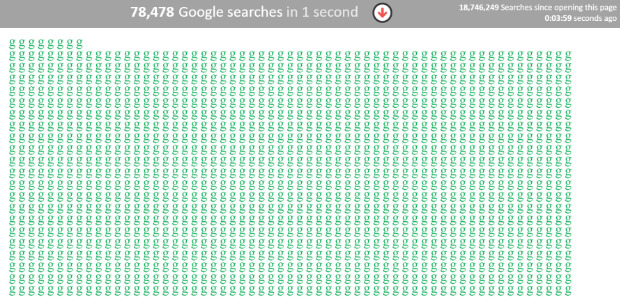
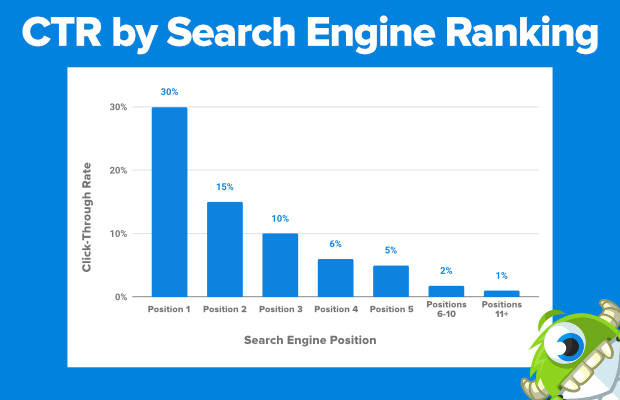
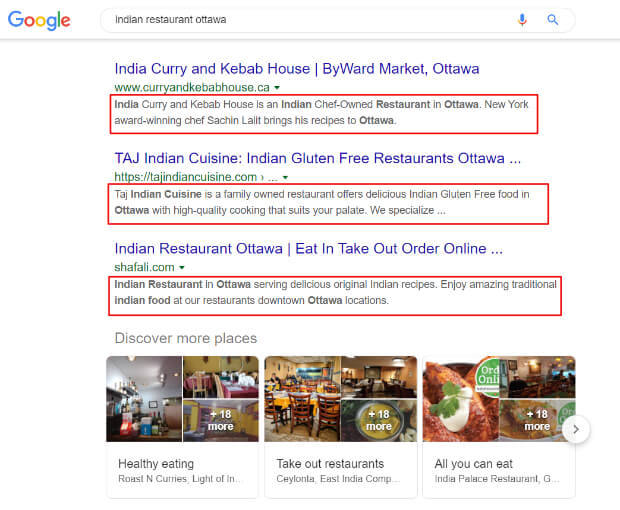
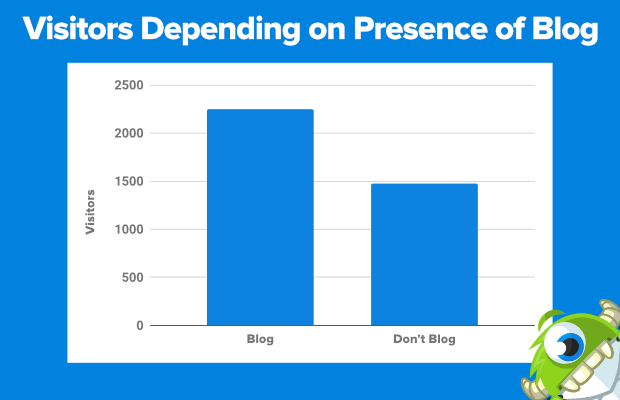
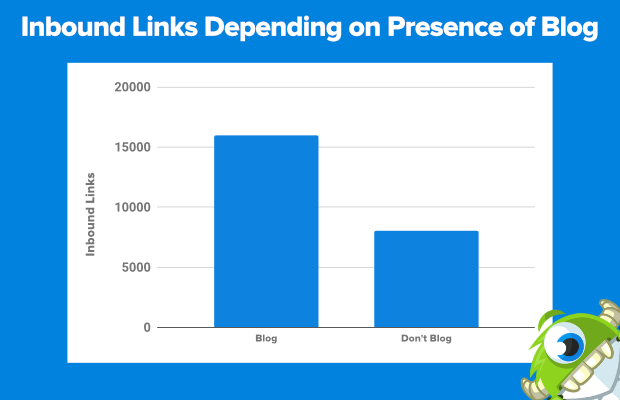

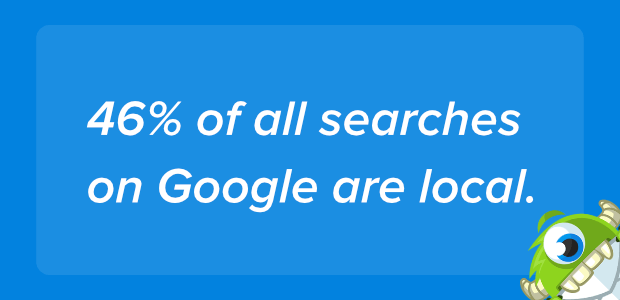
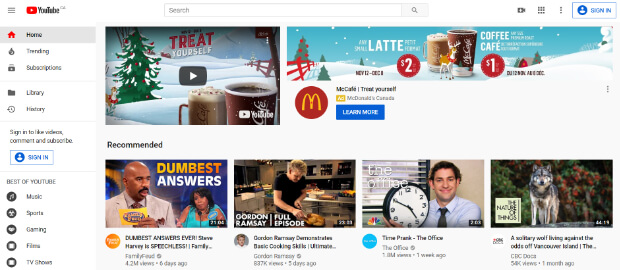








Add a Comment